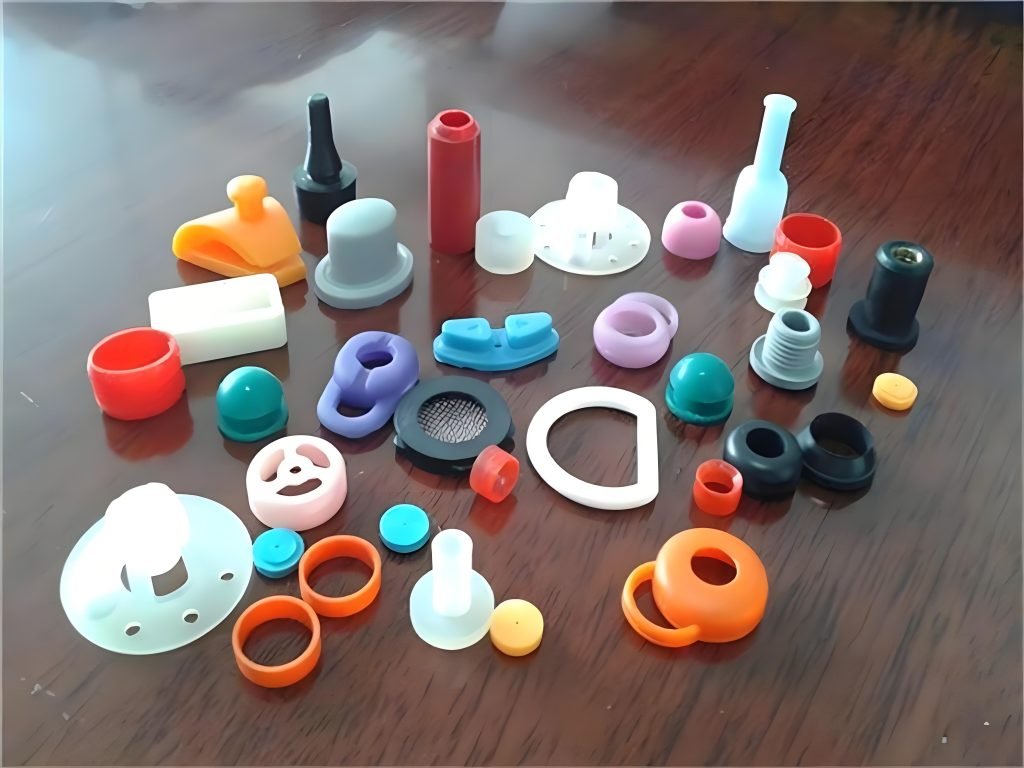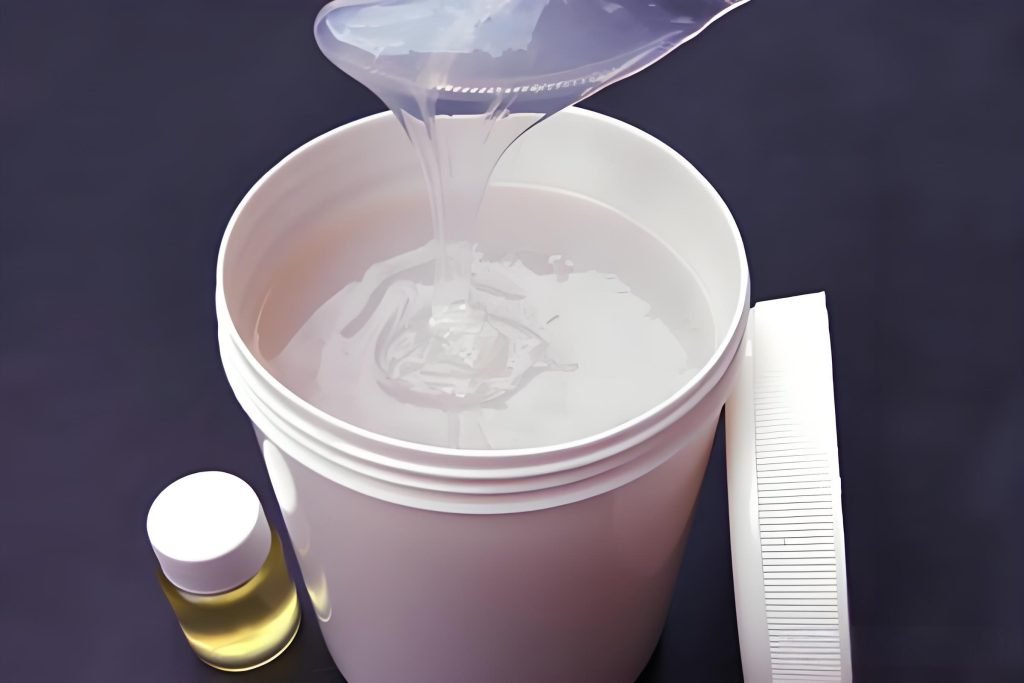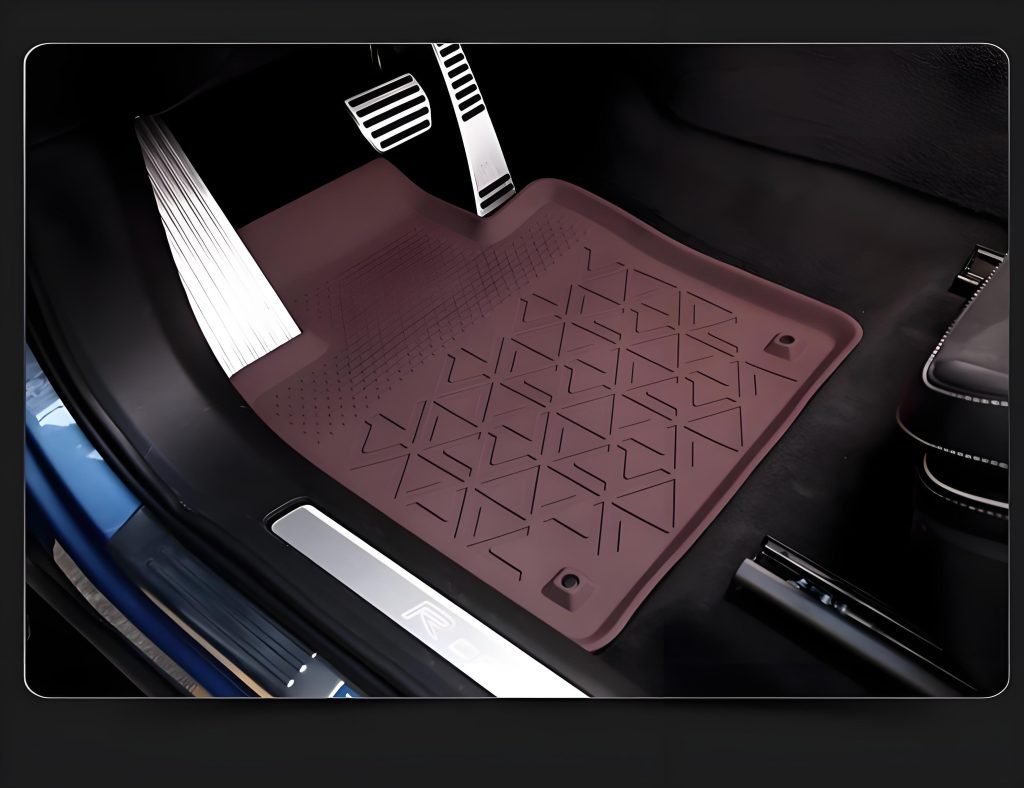When it comes to sealants and adhesives, the word “silicone” pops up a lot, but so does “RTV silicone”. At first glance, they might seem interchangeable, but they’re not quite the same.
Whether you’re fixing a leak, sealing a window, or working on an automotive project, knowing the difference can save you time, money, and frustration.
In this quick guide, we’ll break down what sets silicone and RTV silicone apart, so you can choose the right one for the job with confidence.
What is Silicone?

Silicone is a synthetic material made from a combination of silicon (a natural element found in sand), oxygen, carbon, and hydrogen. Renowned for its flexibility, durability, and resistance to moisture, heat, and chemicals, silicone is highly versatile and widely used across various industries.
One of the key strengths of silicone is its ability to maintain stability in extreme temperatures, typically ranging from -60°C to 230°C (-76°F to 446°F). This makes it ideal and reliable for environments where other materials would crack, melt, or lose flexibility
Silicone also plays a vital role in the medical field. Some common medical uses include:
- Implants: Breast implants, testicular implants, and facial implants often use silicone shells or fillers.
- Tubing and Catheters: Silicone’s flexibility and non-reactive properties make it ideal for medical tubing and catheters used in surgeries and treatments.
- Medical Devices: Items like hearing aids, respiratory masks, and pacemaker components often contain silicone for comfort and performance.
What is RTV Silicone?

If you’re wondering what does RTV silicone stands for, it means Room Temperature Vulcanizing silicone. It’s a curing silicone rubber that hardens at room temperature, which makes it incredibly convenient for quick repairs, sealing, and molding applications.
RTV silicone is commonly used as a sealant or adhesive in industries like construction, electronics, plumbing, and automotive. It’s especially popular for creating tight, waterproof seals around joints, gaskets, and surfaces that experience vibration or temperature changes.
Its ability to form complex shapes without heat makes it useful in medical applications such as:
- Prosthetics and Orthotics: High-temperature RTV silicone is often used to create soft liners or molds for prosthetic limbs and orthopedic supports.
- Medical Molding: It helps produce molds for dental impressions, hearing aid casings, and customized medical device housings.
- Wound Care: Some specialized RTV silicones are formulated for use in pressure-relief pads or protective layers for healing wounds.
RTV Silicone vs Silicone: Key Differences
While both belong to the same family, they serve different purposes depending on how they are cured, how they’re applied, and how strong they are once set. Here’s a simple breakdown:
1. Curing Methods
One of the biggest distinctions between standard silicone and RTV silicone lies in the curing process. Regular silicone often requires heat to cure properly. This means it needs a controlled, elevated temperature to fully set and harden.
In contrast, RTV silicone cures at room temperature. This makes it far more convenient for quick repairs, DIY fixes, and environments where applying heat isn’t an option. It typically sets within a few hours.
2. Consistency and Application
Silicone products come in various forms, from thick putties to flowing liquids, depending on the intended use. However, traditional silicone used in high-temperature settings is more rigid and may require tools for application.
RTV silicone, on the other hand, is user-friendly and commonly available in caulking tubes or squeezable containers, making it easy to apply directly onto surfaces.
3. Strength and Adhesion
Both silicones are known for being durable, flexible, and resistant to moisture, UV rays, and temperature swings. However, RTV silicone tends to offer superior adhesion to a wide range of materials like metal, glass, plastic, and ceramic without needing primers.
RTV silicone is also better for high-vibration or dynamic environments, thanks to its flexible finish. It doesn’t crack easily under movement or stress.
Silicone and RTV Silicone in Injection Molding
Both of these are popular choices in the world of injection molding, but they serve different purposes. However, it is important to understand how each type performs to help you choose the right material.
1. For Tooling and Prototypes
When it comes to tooling and prototyping, RTV silicone is a standard choice. Why? Because it’s easy to work with, cures at room temperature, and doesn’t require specialized equipment. This makes it ideal for creating quick, low-cost molds that are used to form prototype parts.
RTV silicone molds capture intricate details and offer excellent dimensional accuracy, which is important in early-stage product design. It’s particularly useful when you need to test small batches or validate a concept before moving to full-scale production.
2. For High-Temp or Reusable Molds
When you’re producing parts that involve high-temperature materials or need molds that can be used repeatedly, traditional silicone is the better choice. Standard high-temperature silicone can withstand the extreme conditions involved in many injection molding processes.
It can handle continuous use and resist deformation, which makes it excellent for long-term production. They’re often used in industries where precision and repeatability matter, such as medical device manufacturing, aerospace, and automotive parts.
Types of RTV Silicone
RTV silicone comes in different types based on their properties and gases released during the curing process. The different types of RTV silicone include:
1. RTV-1 vs RTV-2
RTV-1 is a single-component silicone that cures by reacting with moisture in the air. It’s easy to use and ideal for sealing, bonding, and simple mold-making.
However, RTV-2 is a two-component system that requires mixing before application. It cures faster and more uniformly, which makes it better for precision molds and industrial applications.
2. Acidic vs Neutral Cure
Acidic cure RTV releases acetic acid during curing (smells like vinegar). It bonds well to glass and metal, but may corrode sensitive materials.
On the other hand, Neutral cure RTV releases no harsh fumes and is the preferred RTV silicone for electronics, plastics, and medical devices. It’s also more suitable for indoor use due to its lower odor.
When to Use Silicone vs. RTV Silicone
If you’re looking to use silicone for everyday sealing, bonding, and insulating tasks, then standard silicone is the better option. It also works well in home improvement projects like sealing bathtubs, sinks, and windows.
Subsequently, if you need more precision or durability, then RTV silicone might be a superior choice. It’s ideal for industrial applications, electronics, and automotive parts. RTV is also perfect for mold-making, high-temperature use, and medical-grade components.

Need Help with Mold Tooling or Prototyping? Work with Fecision
While silicone and RTV silicone might seem similar, their differences can significantly impact your project’s performance and longevity. From industrial use to medical-grade applications, knowing what each material offers helps you avoid costly mistakes and get better results.
If you’re working with silicone or RTV silicone in injection molding, accurate tooling and quality molds are essential. At Fecision, we specialize in Mold Tooling, CNC Machining, and Custom Molding Services.
Our expert team is always ready to support your project with precision and speed. Contact us today to discuss your project!



